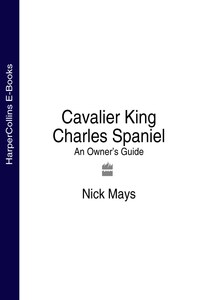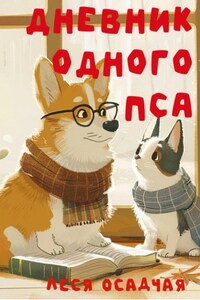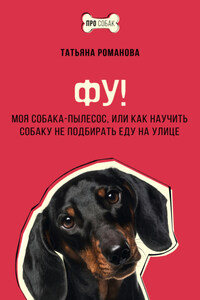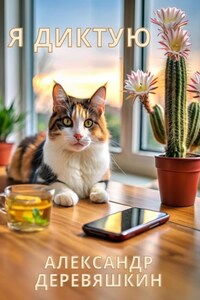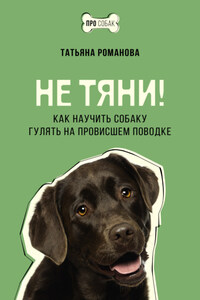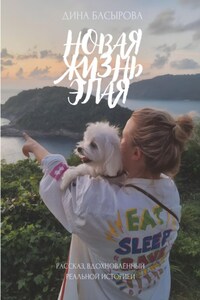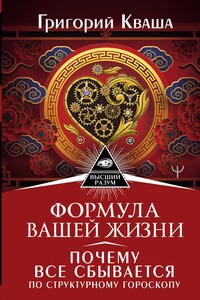The Cavalier King Charles Spaniel could rightfully be described as the ideal family pet dog. For the family who would like a large dog but have limited space, or who think small is beautiful, the Cavalier is the perfect pet – a big dog in a small, compact body. With his friendly and engaging personality, natural intelligence and a happy-go-lucky nature, this dog proves the point that the best things come in small packages.
The Cavalier occupies a high position in the registration figures for the breed on both sides of the Atlantic and it remains one of the most instantly recognizable of the toy breeds.
The modern Cavalier King Charles Spaniel is descended from the various types of small toy spaniels that are depicted in so many sixteenth-, seventeenth- and eighteenth-century paintings by great artists, including Gainsborough, Titian, Van Dyck, Stubbs, Reynolds and Romney.
These typically show a small spaniel with a flat head, high-set ears, almond-shaped eyes and a rather pointed nose. It is somewhat longer-limbed than today’s more compact Cavalier.
Success under the Stuarts
During Tudor times, toy spaniels were popular as ladies’ pets for they were ideally suited to the role of lapdogs (often used as a means of keeping warm on chilly coach journeys or in vast country houses). However, it was under the Stuart dynasty that the royal title of King Charles Spaniels was bestowed upon them. Contemporary accounts record that King Charles II was seldom seen without two or three such dogs at his heels. Indeed, it is arguable whether the Stuarts’ fondness for ever-more extravagant wigs was derived from a love of these spaniels, going so far as to emulate their appearance, with the long sides of the wig mimicking the spaniels’ ears. Certainly many of the stylized paintings of the time show human beings and dogs with certain similarities: the same foreheads, round eyes and, of course, elaborate tonsure. The King’s preference for these little spaniels led them to becoming a popular pet as fashion followed suit.

The Cavalier is a big dog in a small, compact body. This is a Ruby coloured Cavalier.
Cavaliers gained royal patronage as the favourite breed of King Charles II.
Cavalier puppies are particularly appealing, and it is easy to see why so many people fall in love with this attractive breed.
Indeed, so fond was King Charles II of his little dogs that he issued a royal decree that the King Charles Spaniel should be accepted and granted admission in any public place, even in the august confines of the Houses of Parliament where animals were not usually allowed. This decree is still in existence today in the United Kingdom, and it would be interesting were an adventurous Cavalier owner to try it out on a visit to Westminster. A Black and Tan Cavalier named Magjen True Delight of Devonia (also known as Trudy) did gain free entry to Hampton Court in the 1980s, although her owner had to pay the usual admission charge.
